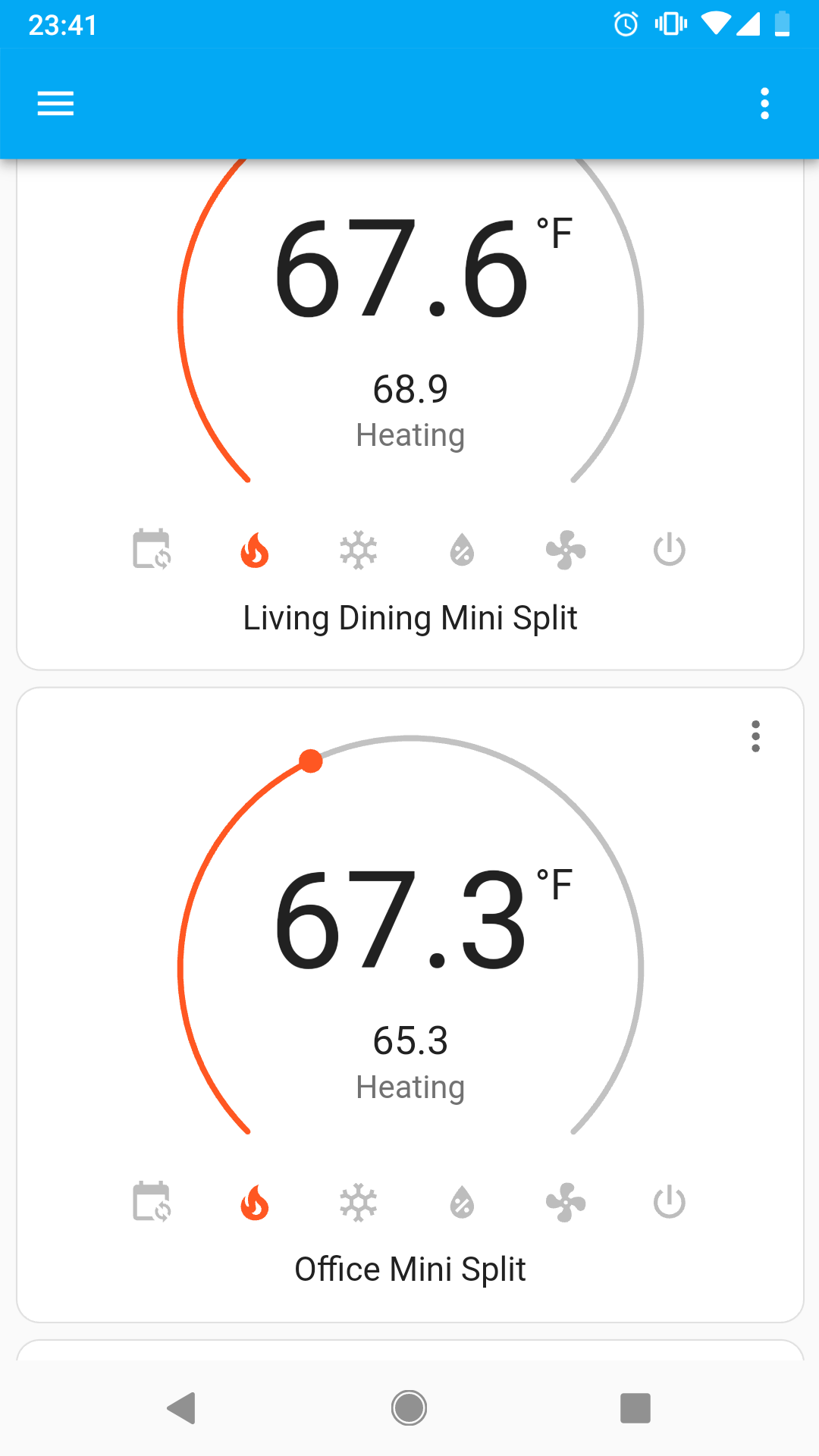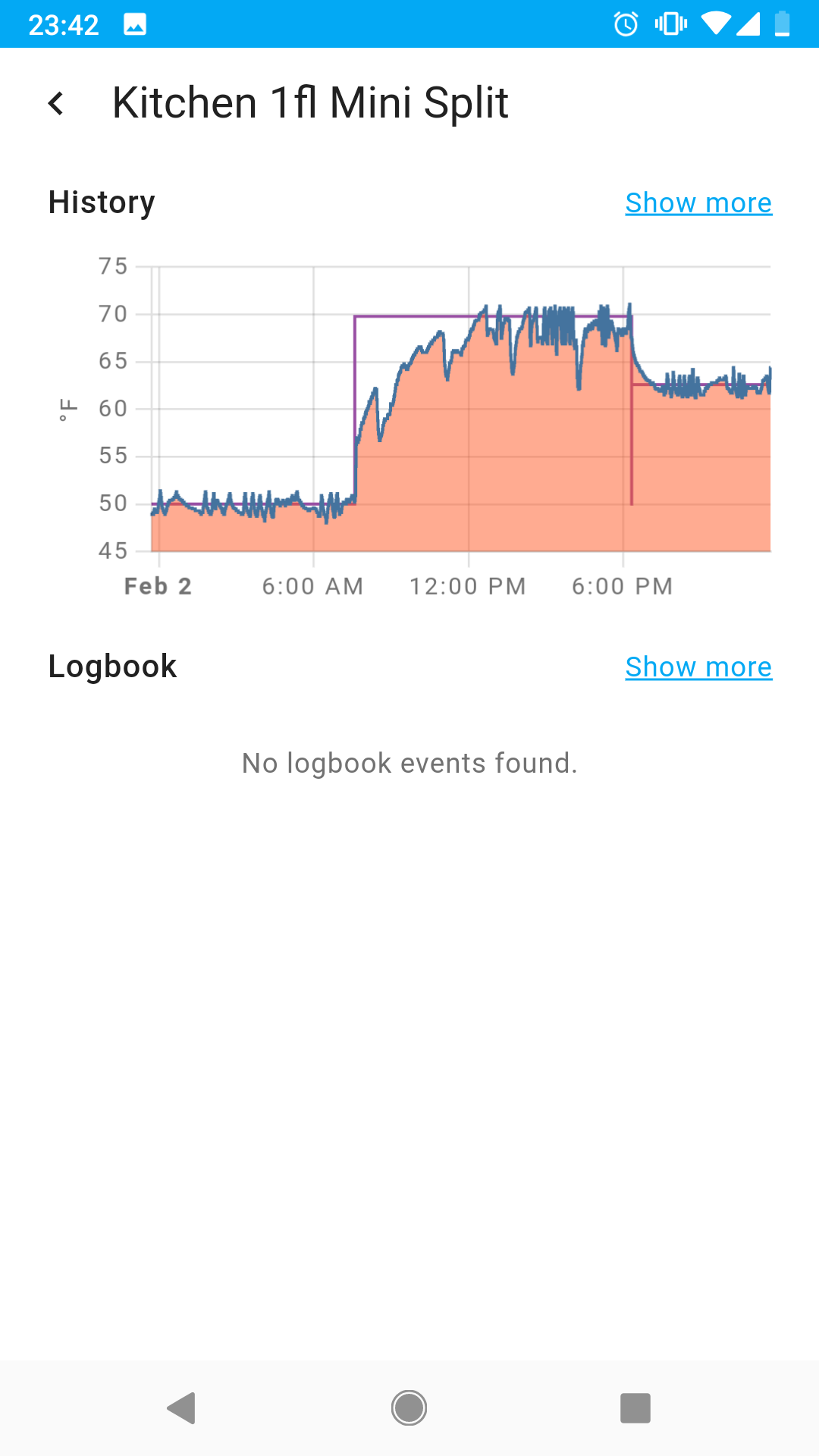

Decided to pay for Kagi, and now Google results look even more ridiculous.


Decided to pay for Kagi, and now Google results look even more ridiculous.
I’m just getting:
Please moderate the content of your question before submitting it.
Hah, yeah I got a Debian floppy and then tried to install packages over DSL. Somehow it didn’t immediately kill my interest in Linux, eventually ran OpenBSD as my server for a while.


If you haven’t played with Pulumi (for configuring cloud services) and Ansible (for local services, shell commands, apt installs etc) you may enjoy them as a way to capture / re-apply configuration.


Hmm, it’s been a while, maybe I’m misremembering. There were definitely some categories of Plex content not from my library that kept reappearing on the home page of my server, despite trying to get rid of them a few times. Maybe they weren’t actually paid, I just assumed they’d only be pushing something if it was going to bring them more revenue.
The other thing that made me want to jump ship extremely fast was when they started sharing your recently watched items with other users, without asking.


Even with Plex pass they were really pushing their paid content. Much happier with Jellyfin, and it was very easy to switch.
How do you manage switching between accounts? I ideally just want one feed.


that discussion of topics that was more popular on Lemmy, like Linux, would drown out my other interests
I certainly run into that. I don’t think I have the energy for multiple accounts, but I wish I could ask for roughly equal numbers of posts from my top 4-5 communities, instead of News + WorldNews dominating everything.


Good point about a default deny approach to users and ssh, so random services don’t add insecure logins.


The one db I saw compromised at a previous employer was an AWS RDS with public Internet access open and default admin username/password. Luckily it was just full of test data, so when we noticed its contents had been replaced with a ransom message we just deleted the instance.
I very briefly tried a couple zwave light bulbs with a USB zwave adapter for Home Assistant, but couldn’t get it reliable. I do like the mesh + low power idea though and played around with ZigBee dev boards previously.
I have settled on mostly Tasmota firmware on ESP8266 based devices. Lots of switches (from the CloudFree shop among others), smart plugs, and other devices. I also like to assemble my own sensor/relay boards, which Tasmota is great for. I did have to set a fixed 2.4Ghz channel on one router, and later set “IoT mode” on my Unifi network, to avoid devices falling off the network. I also have flashed most of the devices, but am happy to do that (not so different from uploading an Arduino sketch once you’re used to it).


I have ESP8266 WiFi modules running Tasmota firmware for a few parts of this. Some report temperature (and humidity just for fun), I like DS18B20 sensors better than SHT30s which seem to have a bit more self heating. Then I also have Mitsubishi mini split heat pumps for which there’s a Tasmota control library. MQTT for communication + HomeAssistant for UI + AppDaemon for automation scripts in Python.
Examples of the UI in HA:


I started messing with Linux, then became a developer. Whatever draws your interest!


Yeah, every time I find some weird annoying behavior or some missing feature in MySQL, PostgreSQL is doing it right.
That said, also ask yourself if you really need a relational database, or whether an object store or append-only / timeseries db would fit better.
*accidentally uninstalls python base package trying to fix dependency conflicts in apt